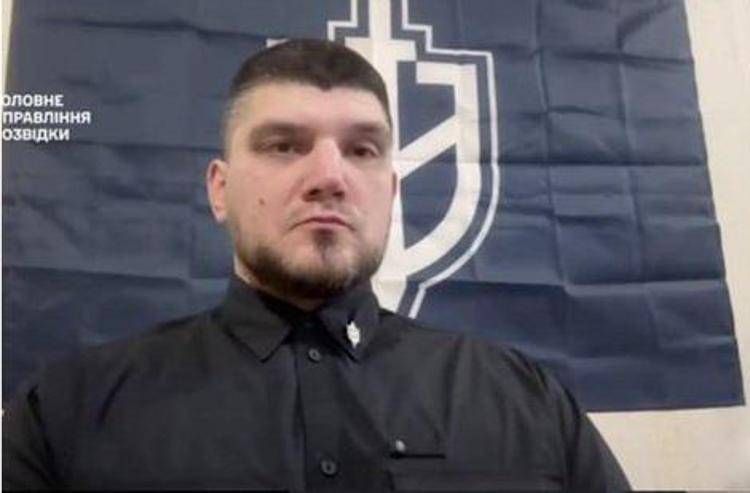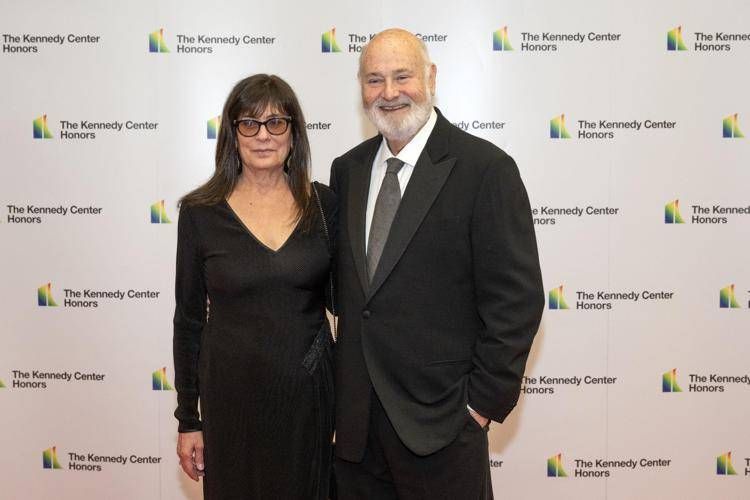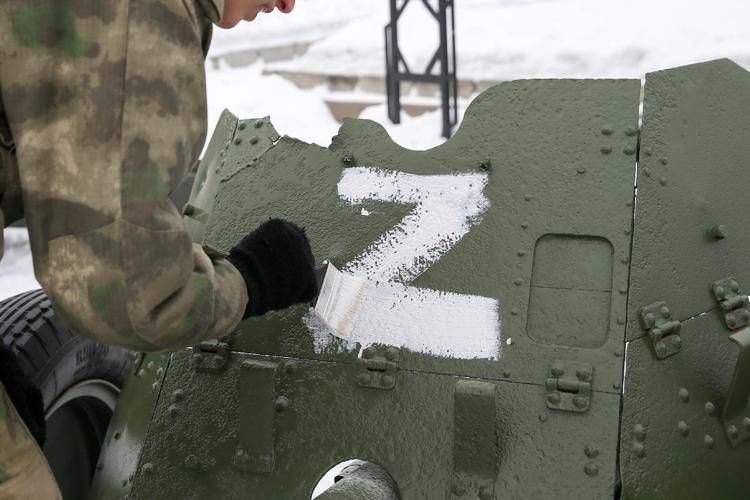
Russia, strengthened forces on the border with Finland: not symbolic, not temporary
-


Attacco Usa in Nigeria contro l’Isis, Trump: “Risposta al massacro di cristiani” VIDEO
-
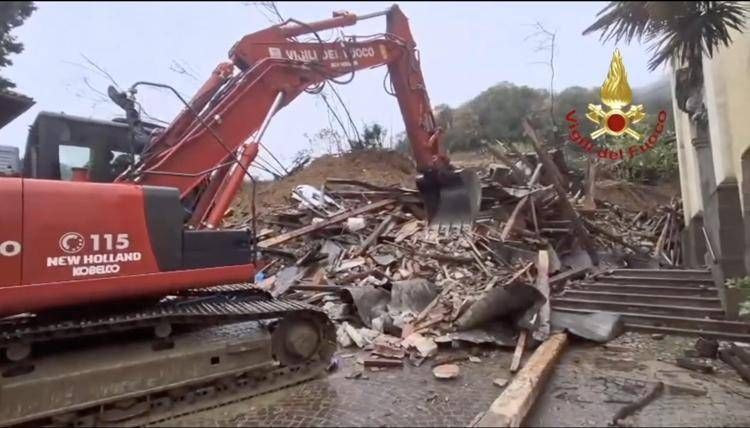

Frana a Cormons: disperso un giovane e un’anziana sotto le macerie VIDEO
-
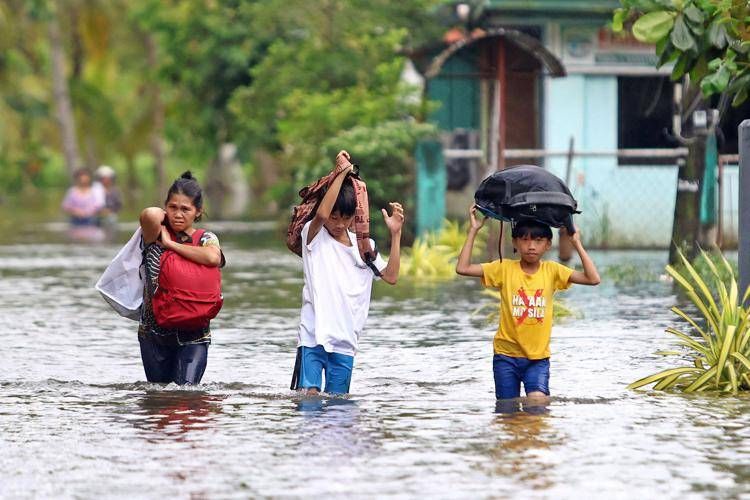

Tifone Fung-Wong colpisce le Filippine: un milione di evacuati VIDEO LIVE
-
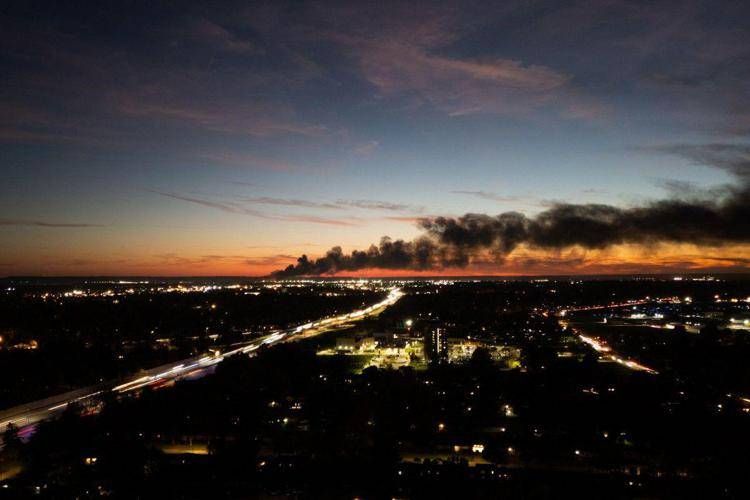

Cargo Ups precipita in Kentucky: sette morti e diversi feriti VIDEO
Analyst Fiona Hill warns: Moscow is relocating troops and building new infrastructure. Fears for escalation also on the borders with the Baltics, Norway and Poland
The recent reinforcement of the Russian armed forces along the border with Finland – the largest with a NATO country – is neither a purely symbolic gesture nor a time-limited manoeuvre. This was pointed out by analyst Fiona Hill, former director of the Europe-Russia desk at the US National Security Council under President Trump, now at the Brookings Institution, in an interview with US broadcaster NPR.
Moscow reinforces its border with Finland: signs of intimidation and possible escalation
According to Hill, this is more than just a repositioning of troops: ‘It’s not just a return to the pre-2022 situation. It is also a direct message to Finland, the Baltics and Norway,’ he says. The signal sent by Moscow is clear: Russia is there, it is present, it is ready.
Between deterrence and threat
The military movements also include the construction of new infrastructure, as confirmed by satellite images published by the New York Times and validated by NATO sources. These developments suggest not only a return of troops withdrawn for the war in Ukraine, but also the beginning of a broader military expansion on an extended time scale.
Hill warns of the risk posed by the speed with which Russia is increasing its aggression: ‘It is greater than expected, while Europe and Britain are not yet ready to react on their own, and the United States is retreating from a direct leadership role’.
Moscow’s growing presence also has a psychological and strategic dimension. According to the analyst, Russia aims to influence the climate ahead of the NATO summit on 24 June, just as it has done at other crucial moments with massive drone attacks on Ukraine.
A military apparatus that Putin has no intention of downsizing
Added to all this are sabotage activities and threats to critical infrastructure in neighbouring NATO countries. ‘Putin needs a pretext to keep the military apparatus he has created operational, and he wants it deployed along key borders,’ Hill points out. The areas involved are not only Finland, but also Norway, the Baltic States and Poland.
The analysis of economists such as Sergei Guriev and Elizaveta Osetinskaya also reinforces the hypothesis of preparations for a possible escalation. Data on Russian public spending in the first months of 2025, especially those classified as ‘secret’, suggest an acceleration of investments in defence and security, which could be a prelude to new military operations, not necessarily related only to the Ukrainian front.
The picture outlined by Hill and other analysts suggests a change of scenario: Russia no longer limits itself to defending its own interests, but intends to proactively influence NATO’s strategic posture in northern and eastern Europe.
THE LATEST NEWS
(Photo: © AndKronos)
-
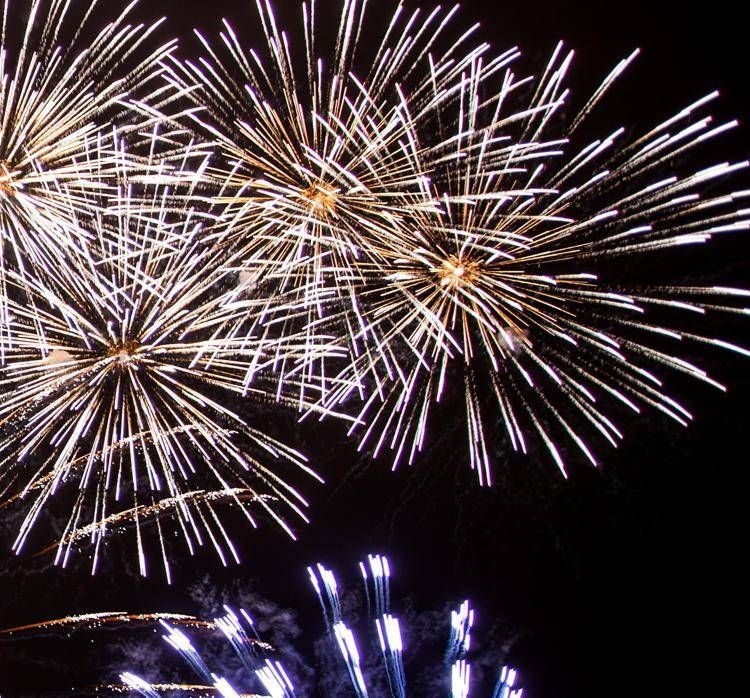
 Tempo Libero2 giorni ago
Tempo Libero2 giorni agoArrivo del 2026 nel mondo: chi festeggia per primo il Capodanno
-
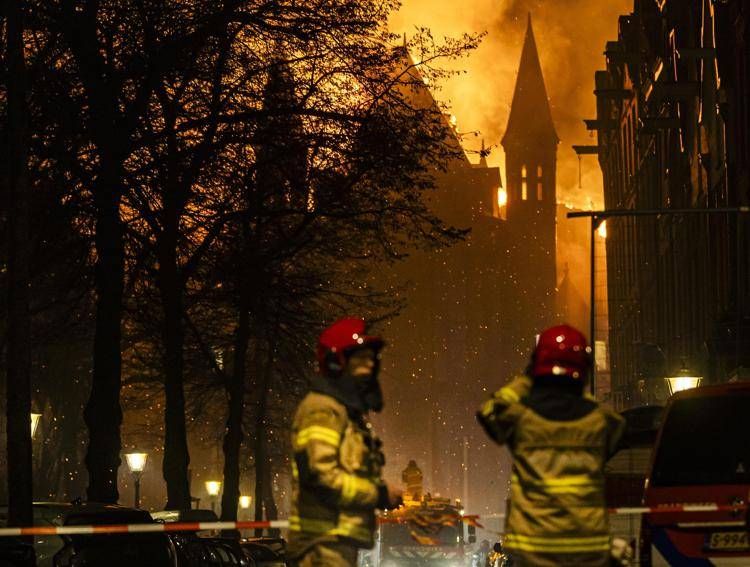
 World18 ore ago
World18 ore agoIncendio distrugge la chiesa di Vondelkerk ad Amsterdam
-
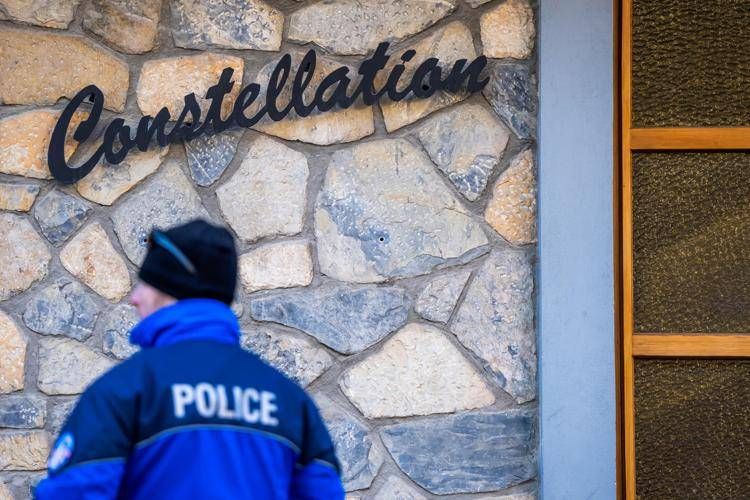
 International-News18 ore ago
International-News18 ore agoCrans-Montana bar fire kills at least 37, injures more than 100
-
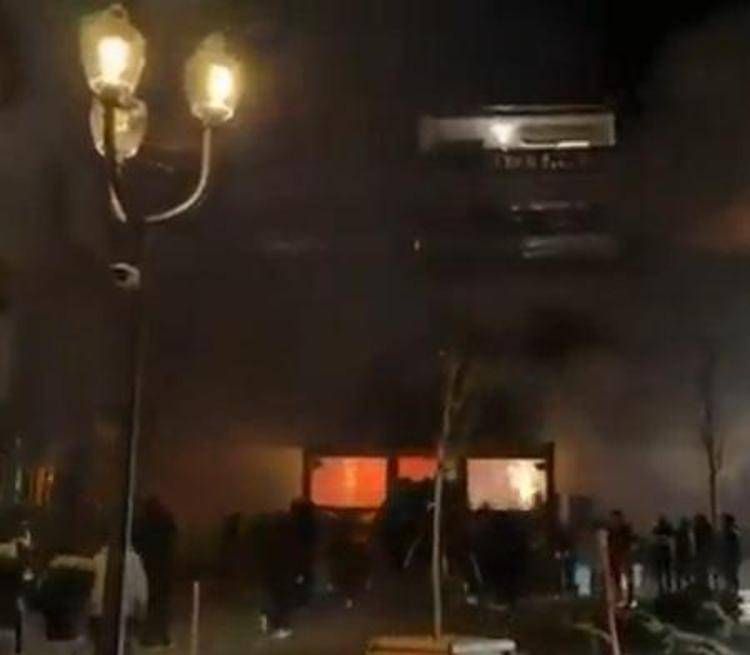
 In Evidenza21 ore ago
In Evidenza21 ore agoEsplosione a Crans-Montana: almeno 40 morti durante i festeggiamenti di Capodanno



